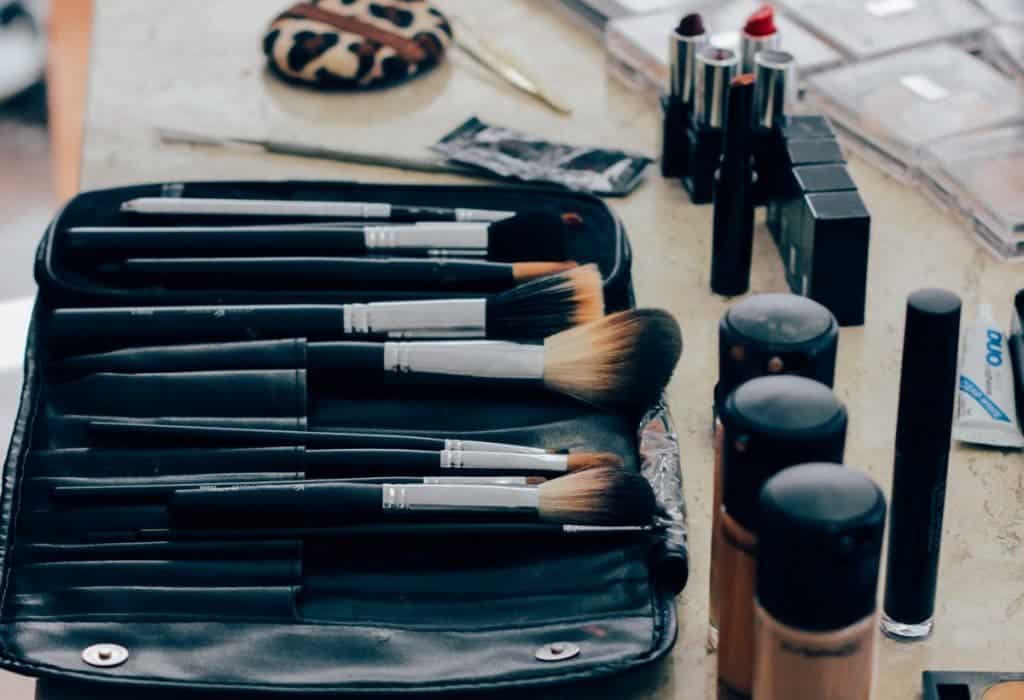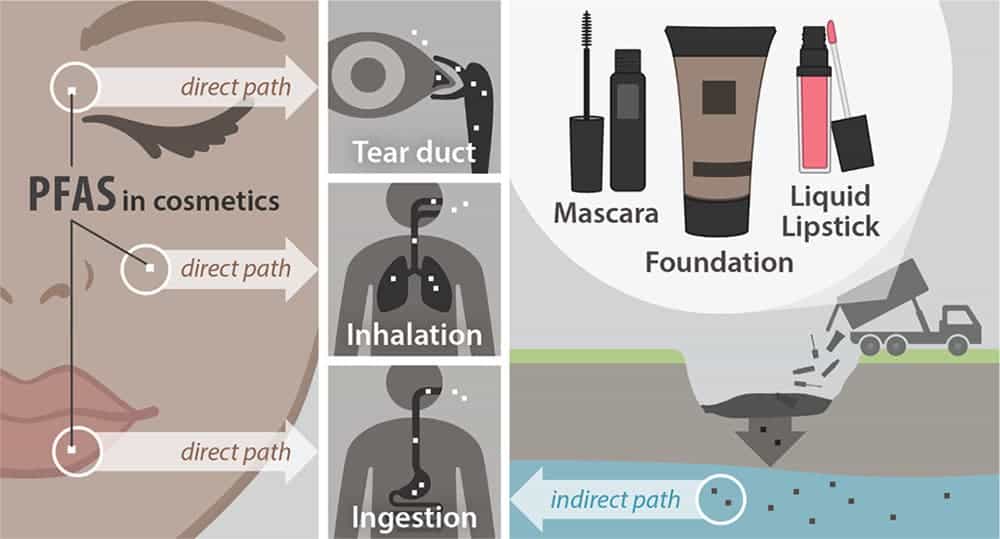A long list of cosmetics sold in the United States and Canada seem to contain high levels of per- and poly-fluoroalkyl substances (PFAS) — a potentially toxic class of chemicals linked to a number of serious health conditions. According to the researchers that made the discovery, there needs to be better labeling and government oversight of these harmful chemicals.

Forever chemicals
PFAS are known as “forever chemicals,” because they don’t naturally degrade — which means they end up contaminating groundwater for decades or centuries after their release into the environment. They were previously found in nonstick cookware, treated fabrics, fast food wrappers, and now in cosmetics.
PFAs in cosmetics can pose a risk to human health through direct and indirect exposure. A recent review from the . Centers for Disease Control and Prevention (CDC) outlined a host of problems associated with PFA exposure, including cancer, liver damage, decreased fertility, and increased risk of asthma and thyroid disease. PFAs can also damage the environment throughout their lifecycle, leeching throughout a variety of ecosystems.
But PFAs are good money. The retail value of personal care products was estimated at $100 billion in 2019 in North America. Studies noted that the magnitude of PFAS use in cosmetics in several European countries was difficult to estimate due to lax regulatory requirements for reporting PFAS use. Requirements in the US and Canada are similarly lax.
“These are products that are applied around the eyes and mouth with the potential for absorption through the skin or at the tear duct, as well as possible inhalation or ingestion. There’s also the additional risk of environmental contamination associated with the manufacture and disposal of these products,” Graham Peasle, lead author of the study, said in a statement.

The researchers tested more than 200 cosmetics including concealers, foundations, eye and eyebrow products and various lip products. 56% of foundations and eye products, 48% of lip products and 47% of mascaras tested were found to contain high levels of fluorine, which is a usual indicator of the use of PFAS in the product.
A group of 29 products with high fluorine concentrations were tested further and found to contain between 4 and 13 specific PFAS. Only one of these items tested listed PFAS as an ingredient on the product label. For the researchers, this is a red flag, considering the extent of PFAS can’t be estimated due to lack of labeling requirements.
Big brands
All the products used in the study were purchased at retail locations in the United States and online in Canada. They include brands such as L’Oréal, Ulta, Mac, Cover Girl, Clinique, Smashbox and Nars. However, the study didn’t reveal which brands use the toxic chemicals because the authors said they did not want to “pick on” the companies involved.
The study’s release coincides with the introduction of a bipartisan bill in the US Senate that would ban the chemicals’ use in makeup. The “No PFAS In Cosmetics Act”, authored by the Republican Susan Collins in the Senate and the Democratic congresswoman Debbie Dingell in the House, would require the FDA to ban the chemicals’ use in such products within 270 days.
“Given the considerable potential for human and ecosystem exposure and health harm, we question the use of any member of the highly persistent, potentially toxic, and very large class of PFAS in cosmetics. Better labeling and government oversight of harmful chemicals in personal care products are needed,” the researchers wrote.
The study was published in the journal Environmental Letters.









